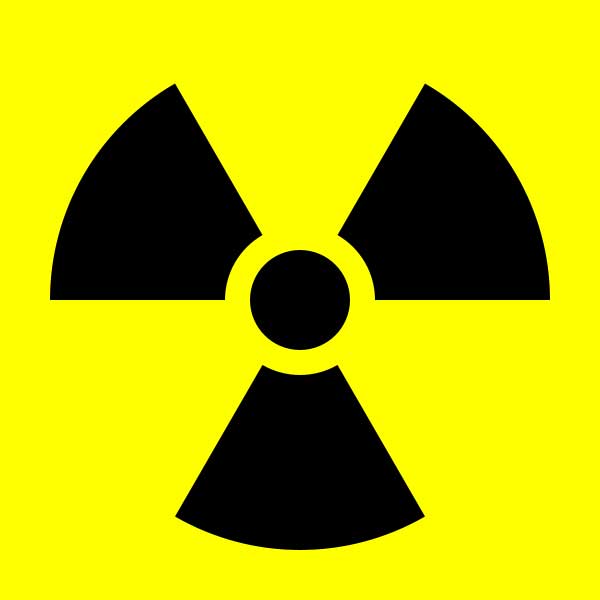
Angus and Rosemary's Miscellany
of Malvern - Other Resources
|
Other Resources > Reports about massive earthquake and tsunami striking Japan in March 2011Note: this is an archived page reporting on the earthquake and its immediate aftermath. You can more read about the 2011 earthquake and Tsunami on Wikipedia. 12th June 2011This page was created to provide information on the situation in Tokyo for concerned family and friends. Since March 2011 the attention of the world's press has turned to the unrest in Libya and Syria, so there is little more to report other than the death toll rising to approximately 20,000. The situation at the Fukushima nuclear plant remains serious suggesting that getting the problems there firmly under control and cleaning up is likely to take years, rather than months. Currently there remains little to worry about in Tokyo city centre. It is the areas hit by the Tsunami and the exclusion zone around the damaged nuclear reactors at Fukushima which are worst affected. Earthquakes frequently occur in Japan. The last major quake was The Great Kanto earthquake of 1923 which killed about 140, 000 people. 20th March 2011Speculation about radiation levels continues but more information is filtering through. Follow the links below for more information. Readings of environmental radioactivity levels - this link no longer works, but many websites have subsequently speculated about radiation levels and the effects of exposure, for example: Read a report on Wikipedia about radiation levels at Fukushima You may find this link diverts to the Japanese web page. If so type 'english version' into the search box and click the appropriate link on the results page. IAEA news reports on the reactors at Fukushima 19th March 2011The situation in Libya has moved to the top of the news following the UN vote yesterday to approve military action to protect civilians eg in Benghazi. Reports about the nuclear accident in Japan no longer talk of meltdown but give hope that the situation can yet, at this late stage, still be brought under control. It is reported crops and milk from the Fukushima area have been contaminated by radiation. 18th March 2011Radiation near Fukushima
The press reported raised radiation levels and many people panicked and decided either to leave the country or to move further south towards Osaka and Kobe. However it was not clear exactly where these measurements were taken, by who and whether micro Sieverts (Sv) or milli Sieverts were being reported. To give you an idea of the range of the numbers involved, the background (environmental) radiation level is usually below 0.2 micro Sv per hour whereas a cumulative dose of 5 Sv received over a short period of time is liable to lead to the victim's hair and teeth falling out, stomach pain and death within about two weeks. To date, it has been impossible to find an English website, giving the radiation levels at cities and the plant so that people can judge for themselves whether it is safe. However the following numbers have been estimated from Japanese language web pages. Distance from plant - Radiation level 20 Km about 4 micro Sv 30 Km about 3 micro Sv 50 Km about 1 micro Sv However to the NW of the plant hot spots of 40 to 170 micro Sv had been reported. By Friday 18th, water was being dropped on the site from Chinook helicopters and sprayed from fire appliances, which smacked of desperation. The secretary of the International Atomic Energy Authority (IAEA) visited Tokyo and the threat level on the International Nuclear Event Scale was raised from four to five. A glimmer of good news however was that the IAEA would send specialist advisers to help, and that a new electricity supply cable had been bulldozed to the plant so that an attempt could soon be made to restart the cooling pumps. TokyoLittle damage was caused in Tokyo as buildings now have to be designed to withstand earthquakes. Rolling power cuts are forecast, due to the decrease in generating capacity, but power remains on to government and the financial district in the city centre. Food shortages appear exaggerated, but there is no milk which comes from farms to the north. Radiation levels appear to continue to be safe. SendaiThe coastal villages around Sendai were devastated by the Tsunami. Casualties are estimated, Dead 6,500 Missing 10,000 Displaced 500,000 Cold weather, snow, and lack of food and fuel are hampering the rescue operation. Few survivors are now being found. 11th March 2011We awoke to the first reports of the earthquake in Japan coming through on BBC radio. Shortly after we received an email from a member of the family saying that he and his wife were safe. It was said, on the street, it was like being on a pitching ship. High rise office buildings rocked a foot or so side to side. Many thought they were about to die. Minor earth tremors are common in Japan, but this was a huge event measuring 8.9 on the Richter scale. The centre of the earthquake was reported to have been under the sea off the North East coast of Japan. A huge Tsunami was reported to have devastated villages on the East coast centered on Sendai. It is not clear how much warning people had. Hearsay suggests the wave swept in about 20 minutes after the quake. The flooding was reported to have reached the large nuclear fuelled electricity generating plant at Fukushima cutting off the power to six reactors and causing the diesel powered backup generators to fail.
|
|
Last updated 8th September 2018 |
 During
the week after the earthquake, the BBC news centered on events at the nuclear
plant at Fukushima where, after several explosions, it appeared events
were spiraling out of control.
During
the week after the earthquake, the BBC news centered on events at the nuclear
plant at Fukushima where, after several explosions, it appeared events
were spiraling out of control.